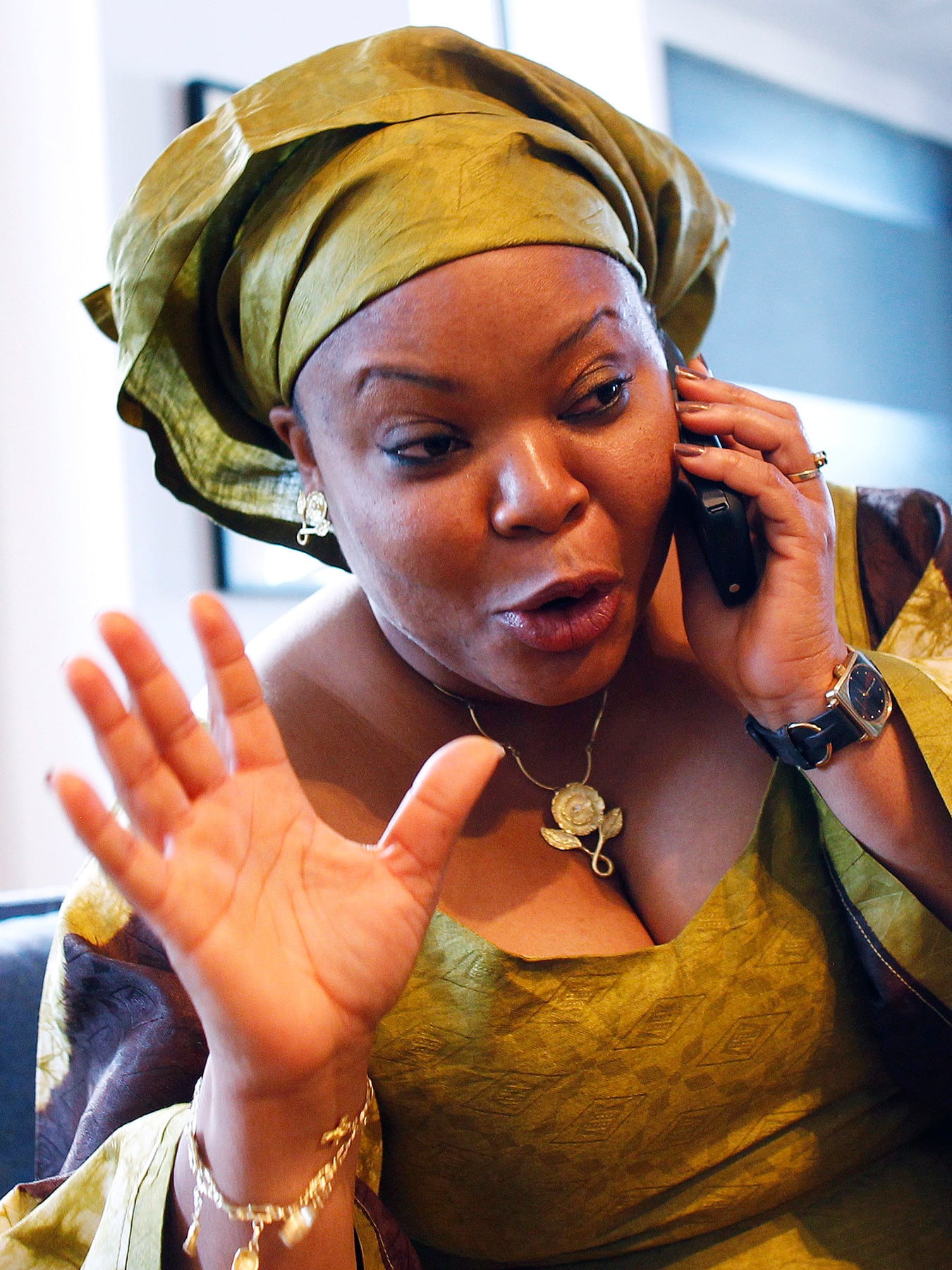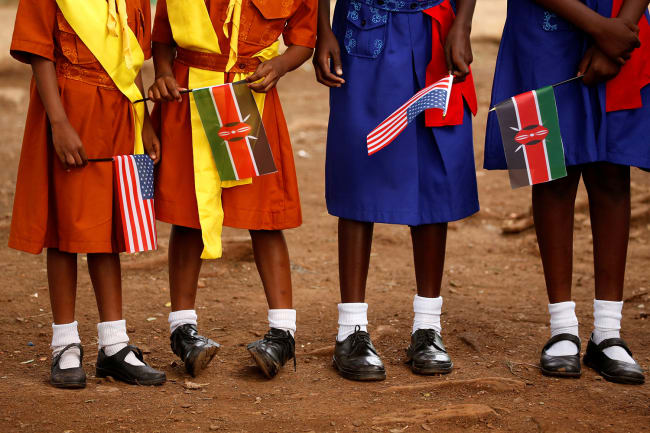The need for greater representation of women leaders in the response to the COVID-19 pandemic has been well documented. As COVID-19 continues to touch every country, it is clear that the amplification of women's voices is a global concern. But recognizing the urgency of inclusion is just one step. How can we ensure transformative social changes that will enhance women's representation, in real time, when crisis hits?
Learning from past crises and across sectors can enhance our understanding of how to amplify women's voices in today's crisis context
Women make up the majority of the health workforce and face the brunt of many of its social impacts but hold less than a quarter of leadership roles in global health. While some female ministers and leaders are leading aspects of the response, no nation has achieved gender equality in public health leadership at the highest levels and across key ministries charged with leading the response. Public health emergencies, climate shocks, and conflicts of the past have shown how women, who are often central to crisis responses on the ground, tend to be sidelined in the formal institutions of power that follow an emergency. While this trend is troubling, learning from past crises and across sectors can enhance our understanding of how to amplify women's voices in today's crisis context.
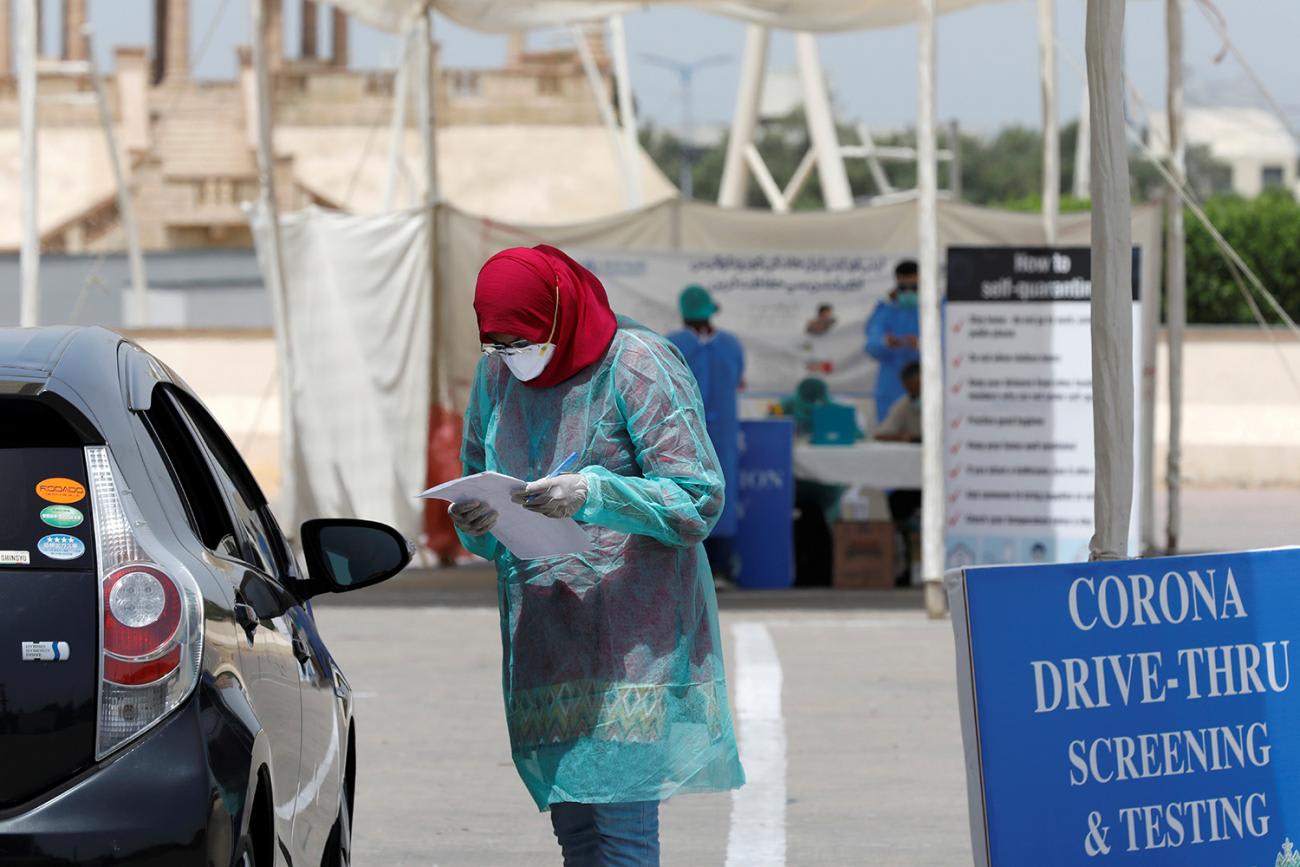
A Case for Inclusion
One step is to continue to build the case for inclusion in public health. As the World Health Organization has stressed, gendered leadership gaps remain a key barrier to achieving the world's public health goals. This mirrors like-minded perspectives across almost every industry, as more and more sectors are recognizing the benefits of gender equality for business.
Women's involvement in peace negotiations, for example, has been found to make them 35 percent more likely to last
Women's involvement in peace negotiations, for example, has been found to make them 35 percent more likely to last, and women's leadership has been found to significantly enhance business performance, as women bring in new ideas and perspectives to solving problems and setting agendas. Women's leadership on boards has even been linked to greater environmental sustainability and corporate social responsibility. Similarly, women's leadership in public health is seen as critical to a more effective provision of health care, but evidence and advocacy in enhancing women's representation and leadership in public health decision-making is lagging.
Today, women outnumber men in U.S. medical schools and make up half of biomedical PhD programs. With a large and growing pool of female talent, the issue of gender equality in decision-making roles should be an issue taking center stage as it has in other sectors, leveraging, where possible, the evidence on the benefits of gender equality.
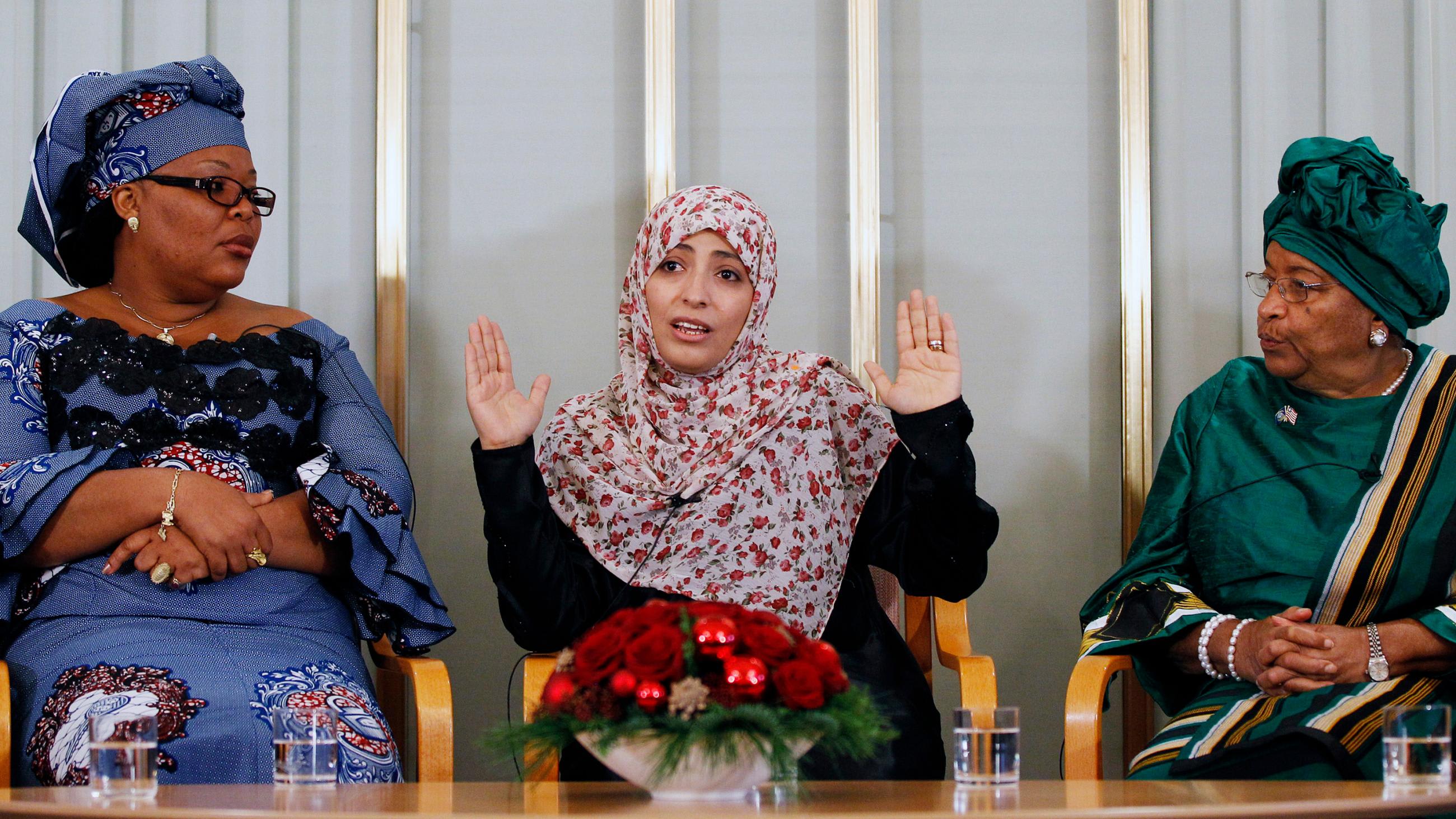
Drawing Lessons From the Women, Peace, and Security Agenda
Another strategy will be to look to how other sectors have built gender equality agendas in crisis. The issue of women's leadership has been an issue of growing attention in the UN's women, peace, and security agenda, as global work is expanding to recognize the key roles women can play in peace negotiations and recovery after wars and violent conflict.
Global work is expanding to recognize the key roles women can play in peace negotiations and recovery after wars and violent conflict
The women, peace, and security agenda gained momentum as those in the security sphere began to document and advocate for the benefits of gender equality in peace-building. Women's contributions to peace-building in postwar Liberia and Somalia, for example, have been acknowledged as critical to securing lasting peace. Women have played both formal and informal roles supporting peace-building and community resilience following wars, acting in negotiations, leveraging networks, supporting services, and informing more effective policy responses.
The call for women's leadership in security is benefitting from heightened attention on the UN agenda, an approach which should be mirrored in the area of public health and better synergized given the expected impacts of today's crisis on security.
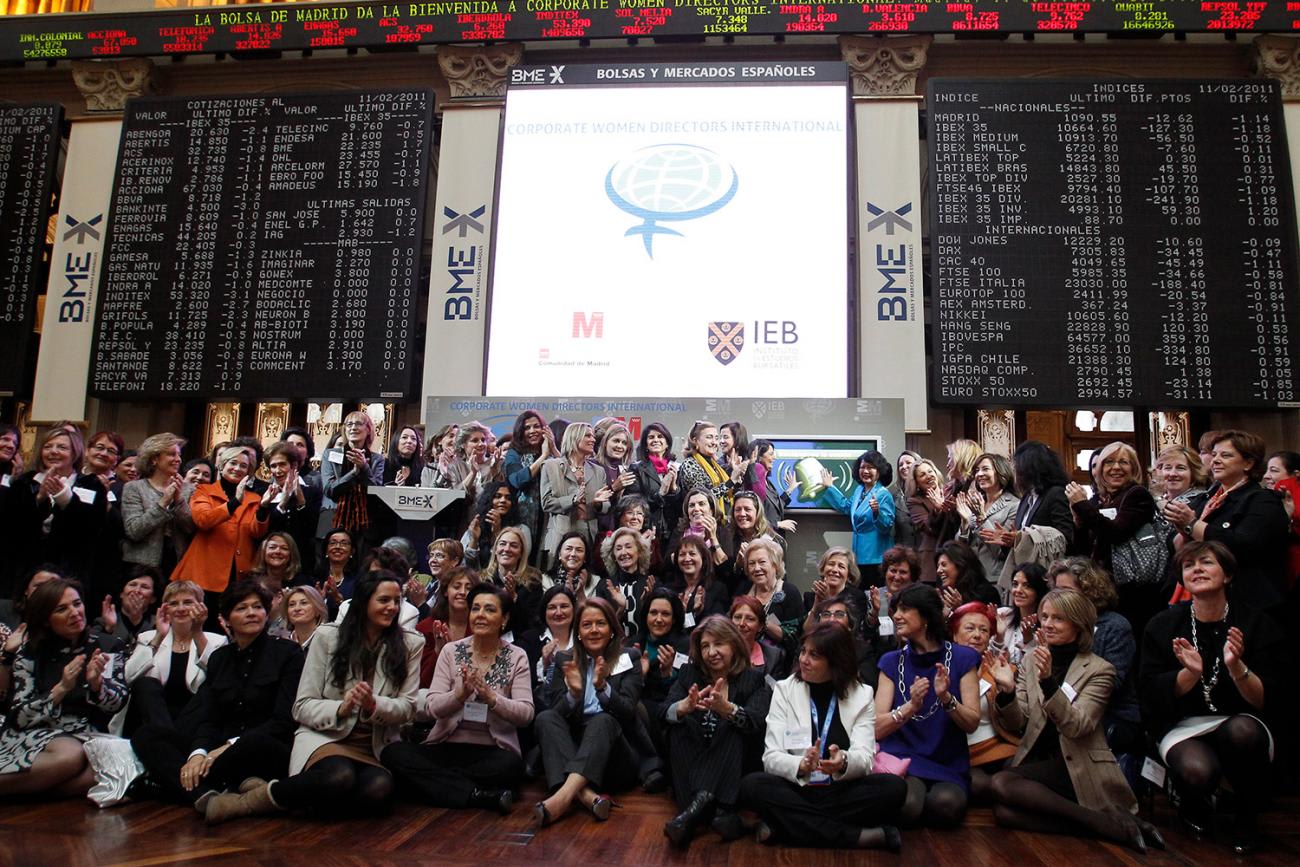
Building on Business
Work to reduce gender inequality in business can also provide some lessons for the public health sector. Research from Foreign Policy Analytics recently found that the inclusion of women in senior positions in traditionally male-dominated industries contributed to profitability, reduced environmental impacts, and boosted corporate social responsibility.
A gender-inclusive response to COVID-19 should draw on any best practices from business, to help ensure gender equality
While analysts increasingly recognize that women's inclusion on boards is good for business, strategies for supporting women's inclusion are less well evidenced. Emerging research suggests that creating inclusive spaces, providing flexible working arrangements, connecting female professionals, and building a pipeline of skilled women through investing, for example, in girls' education in science, technology, engineering, and mathematics (STEM), can be critical tools for supporting women in business. A gender-inclusive response to COVID-19 should draw on any best practices from business, to help ensure gender equality in both public and private responses to health crises.
A Lifeline Across Sectors: Support for Women's Groups and Networks
In all areas of work across sectors hit by the crisis, a good place to start will be sustained and amplified investment in women's groups and networks. Support for women-led organizations and networks in Colombia and Nepal, for example, helped to amplify women's voices and inclusion in formal peace talks, and helped them lobby for gender-specific policies. In business, investments in women's conferences and networking events have helped to enhance women's pay and leadership potential. Similarly in the realm of global health, such as during the Zika and Ebola epidemics, women's groups have helped contribute to enhanced crisis response, leveraging existing networks and access to disseminate information and support health workers.
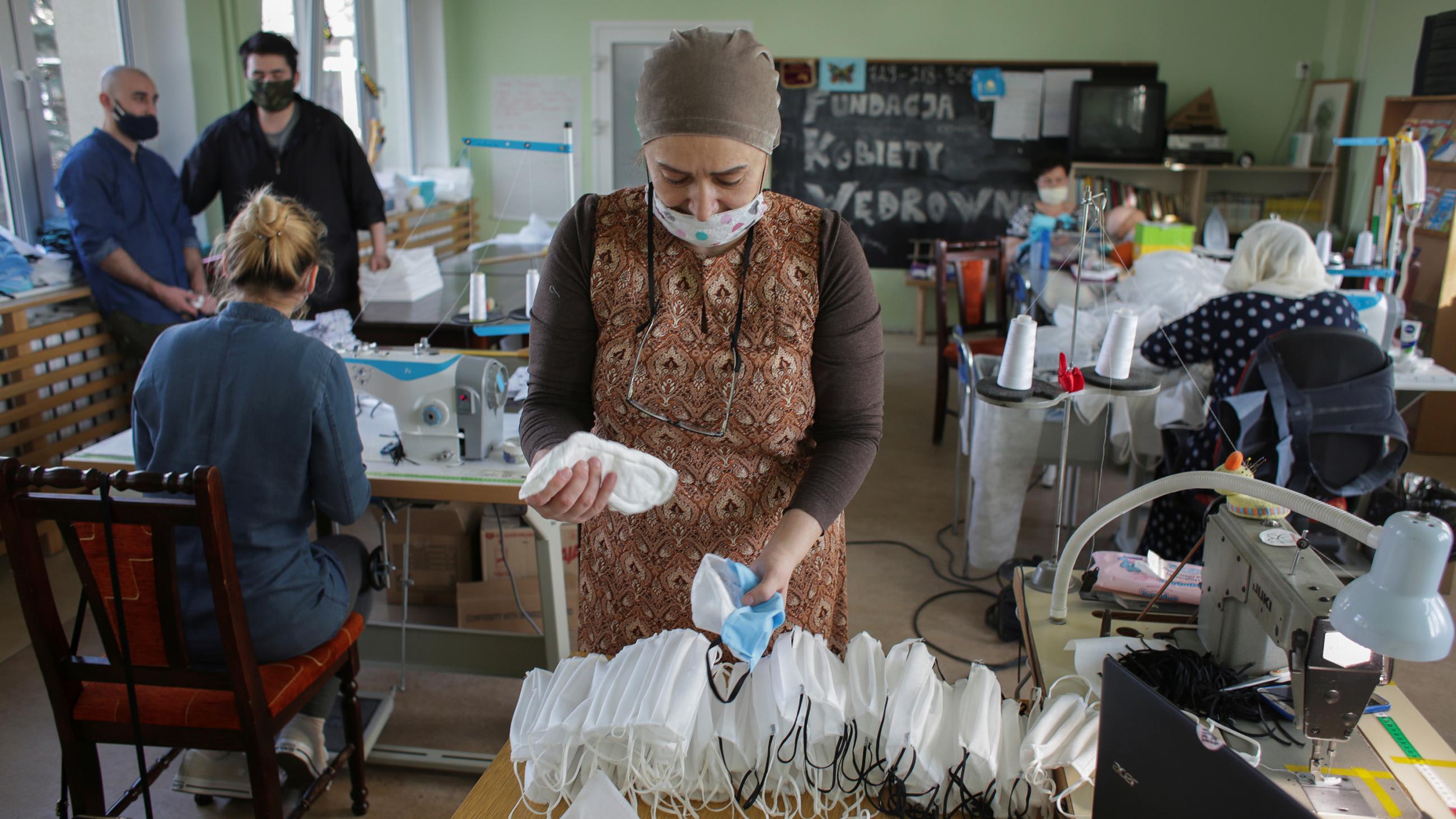
Women's groups have similarly risen to the fore in the response to COVID-19. In Pakistan, for example, a women's network working to counter violent extremism redirected efforts to spread awareness about risks of coronavirus in hard-to-reach areas. In Poland, women's groups are joining with Chechen refugees to sew face masks.
Responses need to support, where possible, the inclusion of women's groups and leaders early on in an emergency to enable them to provide sustained input when crises and emergencies hit. This action is critical, as the ability of these efforts to make a difference will contribute to the determination of who is at the table as we, as a society, respond to the crises affecting us all.
